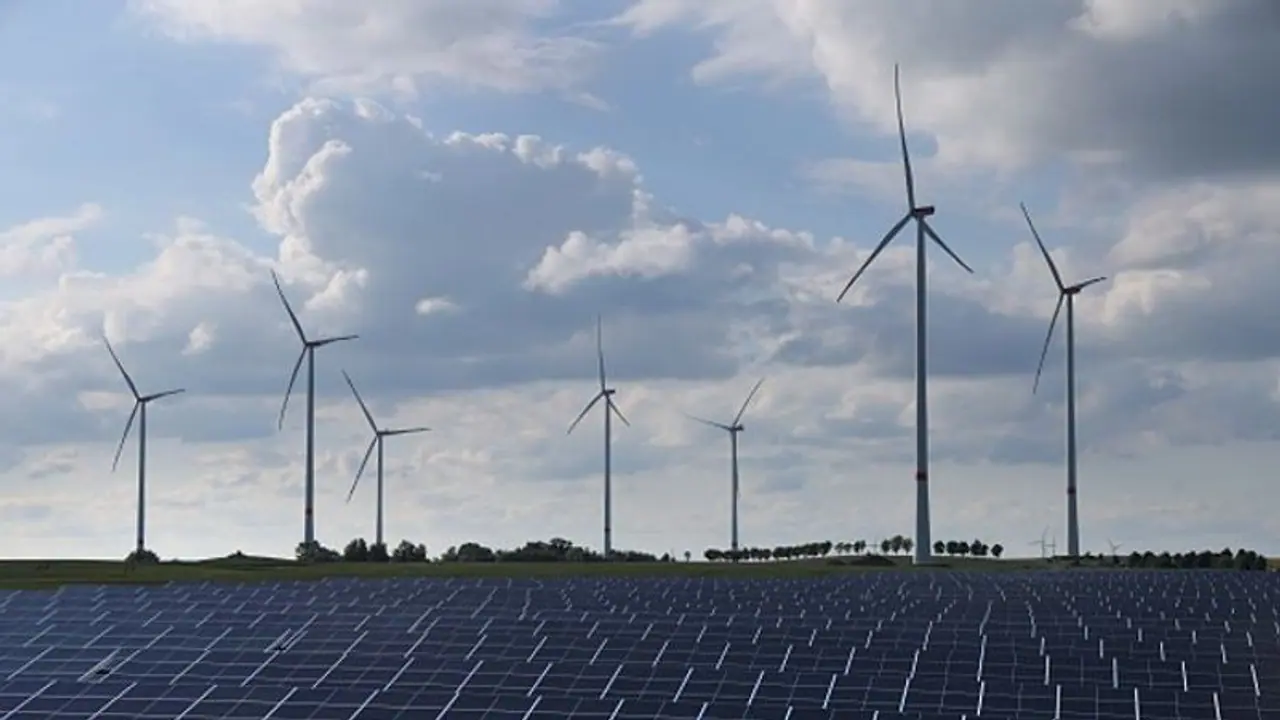Global renewable power capacity increased by 50% in 2023 compared to 2022, bringing the ambitious target of tripling clean energy within reach in the next six years, according to the International Energy Agency.
In a significant stride towards combating climate change, the world witnessed a remarkable 50% increase in renewable power capacity in 2023 compared to the previous year, bringing the global goal of tripling clean energy within reach, according to the International Energy Agency (IEA). This surge in renewable energy offers a beacon of hope amid growing concerns over the hottest year on record and escalating greenhouse gas emissions.

The “spectacular” growth offers a “real chance” of global governments meeting a pledge agreed at the COP28 climate talks in November to triple renewable energy capacity by 2030 to significantly reduce consumption of fossil fuels, the IEA added.
Three-quarters of the new renewable energy capacity deployed globally last year came from solar power, according to the IEA's most recent report. China, which reduced subsidies in 2020 and 2021 but installed more solar power last year than the entire globe commissioned the year before, is responsible for the majority of the world's newly installed solar power.
According to the IEA, renewable energy is expected to surpass coal as the primary source of electricity generation worldwide by early 2025, thanks to unprecedented growth rates in Europe, the US, and Brazil. According to the prediction, by 2028, the worldwide electricity generation would be above 42% sourced from renewable energy sources.
One of the five main climate targets intended to prevent runaway global warming is tripling global renewable energy by the end of the decade in order to help cut carbon emissions. The other four targets are doubling energy efficiency, reducing methane emissions, moving away from fossil fuels, and increasing financing for emerging and developing economies.
“It’s excellent news to see the historical and spectacular growth of renewable energy," Fatih Birol, the IEA’s executive director, said.
Although the analysis indicates that worldwide renewable capacity would expand by 2.5 times by 2030, he continued, it is not currently anticipated to meet the COP28 target of tripling renewables.
“We’re not there, but we’re not a million miles away,” Birol said. “And governments have the tools needed to close the gap.”
Birol played down worries that the rapidly increasing expenses confronting wind developers in the US and Europe will impede the industry's sustained expansion. The convergence of elevated interest rates and supply chain expenses has led certain developers to abandon significant offshore wind initiatives, prompting apprehensions about the technology's future.
